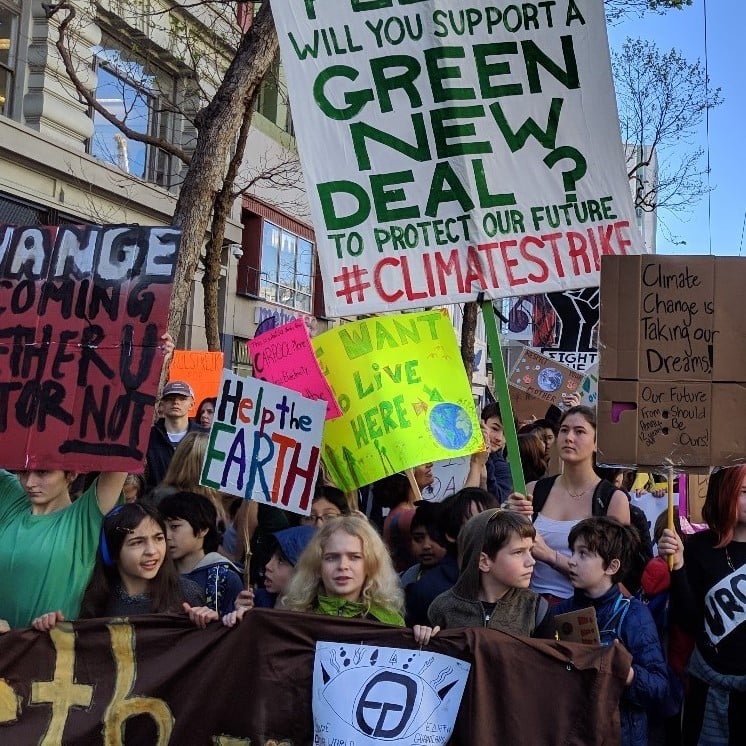Published:
On Friday, September 20th, thousands of people poured through the streets of capitals and major cities all over the world to march for climate change. Over 150 counties held climate strikes organized by youth advocates and had participants of all ages. The climate strikes attracted the media and have caused numerous political and business leaders to promise change.
Companies like the United States' Amazon have gone public with the extensive size of their carbon footprint. Amazon revealed that their carbon footprint equivalates to the carbon footprint of a small country, or 85% of the carbon footprint of Denmark or Switzerland. Amazon has promised to start using electric vans to deliver some packages to doorsteps by 2021, and to have 100% of its energy use come from solar panels and other renewable energy sources by 2030.
On Monday, September 23rd, the United Nations met to discuss how they can work together to slow the warming of the planet. Heading into the summit, their specific goals included discussing how to make the global temperature increase less than 2°C, phasing out the use of coal, and becoming carbon-neutral by the middle of the century. More than 60 countries met in New York to create a plan in hopes of combating climate change.
After days of speeches and planning, the United Nations members and leaders had a lot to say, and a multitude of ideas to put into action. Some notable changes include Germany revealing their plans to become a carbon-neutral country in the next 30 years, and India pledging to increase their use of renewable energy sources. While many leaders called for greater action and concrete plans, there was still a great acknowledgment that we can do more to prevent the intensifying of climate change. Many countries’ plans will not be set into full action for another 5-20 years, which has sparked ideas for numerous country and business leaders. In terms of the economy, the long-term plans will give the economy time to gradually adjust. The change in fueling sources will also lead to a change in how countries trade with each other, specifically in terms of time and resources. The newest plans for climate action come with a need for innovation, which will likely drive economic growth upward in hopes for a brighter future and stronger economy.
File under






